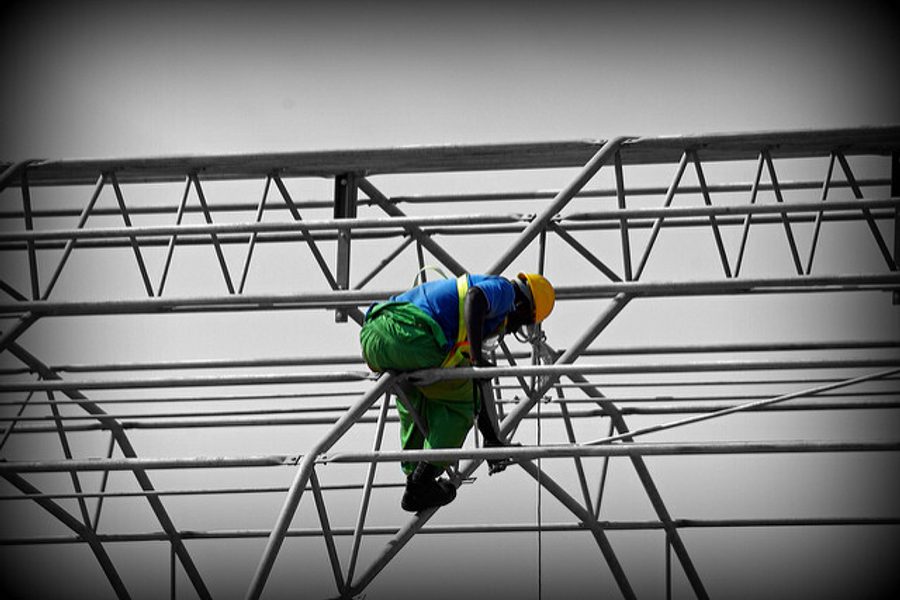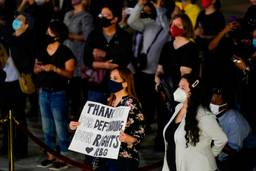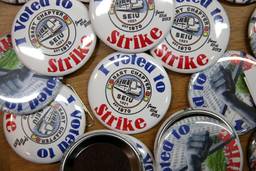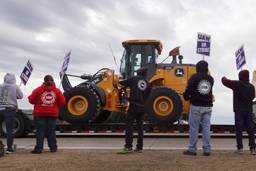
Construction worker deaths are rising in New York and Latinos are especially at risk.
That’s according to a new report, released last month, by the New York Committee for Occupational Safety and Health (NYCOSH). Between 2006-2015, at least 464 construction workers died while on the job in New York. The study also found safety violations at more than 68 percent of construction site inspections. The penalties for such infractions are small.
Released in the shadow of Donald Trump’s controversial executive orders on immigration, the report identifies the specific vulnerabilities of being a Latino construction worker. While Latinos made up just 30 percent of the construction workforce in 2015, they accounted for 57 percent of the fatalities due to falls.
“[Latinos] are more likely than non-Latinos to die on the job due to cases of extreme employer recklessness and disregard for human life, and they are more likely to die from fatal falls,” the report reads. “They are also more likely to be victims of wage theft, experiencing dual exploitation by their employers.”
The report also exposes the difference between union and nonunion job sites. As recently as the 1980s, almost all residential projects in the city were constructed with union labor. That is no longer true. A 2014 study showed that only 30 percent of mid- and high-rise residential and hotel projects used union concrete workers, exclusively.
Some of the city’s largest firms have opened the door to using nonunion labor, including companies like Turner Construction Co. and Plaza Construction, according to the Wall Street Journal. When developers Michael Stern and Kevin Maloney decided to use mainly nonunion labor to build a 1,400 foot luxury condo on “Billionaire’s Row” in Manhattan, the move was perceived as a watershed moment for the future of organized labor in New York.
The Building and Construction Trades Council of Greater New York ran a contentious campaign that targeted Stern’s JDS Development, questioning his safety record.
“I guess I’m the current target at the moment — there have been others in the past,” Stern told Politico at the time. “The unions are trying to find issues, like safety, and disingenuously use them to further their own political interests. The reality is, construction’s dangerous. Everybody wants all buildings to be safe.”
But the new report makes clear that concerns about the safety of nonunion labor sites transcend political interests. It found that nonunion sites are especially dangerous. In 2014, 80 percent of the sites inspected by OSHA after fatalities occurred were nonunion. In 2015, that number was 74 percent. Double the amount of safety violations were found at nonunion sites in 2014, compared to union construction sites, the study said.
This battle between union and nonunion construction labor in New York City has made its way to City Hall before, but there’s a new round of proposed legislation that is causing commotion. Shortly after a construction worker fell to his death in December, New York City Council Speaker Melissa Mark-Viverito voiced her support for legislation that would increase safety. Wilfredo Enriques, 59, was working on the development of the old Domino Sugar refinery in Williamsburg when he fell to his death.
One of the most controversial pieces of legislation is a bill that would require contractors be trained in apprenticeship programs approved by the New York State Department of Labor if they’re working on construction projects that are 100,000 square feet or more or have 50 or more residential units. Critics say the rule is merely a backhanded way for NYC unions to regain some of the power they’ve lost. Since unions already participate in these programs, the proposed bill would require workers to either join a union or go through the process of applying independently.
Ironically, one of the strongest critics of the training program is New York City Mayor Bill de Blasio, seen by many as a pro-union lawmaker. The mayor has refused to support an apprenticeship requirement.
“I want to support the maximum use of it, but it’s not going to solve the problem anytime soon because there are always going to be some nonunion sites and that’s where our stricter regulation is going to make a real impact,” he said in January.
But supporters of the legislation aren’t giving up. Thousands of construction workers, lawmakers and families of deceased construction workers rallied near City Hall recently to support the legislation.
“We can no longer tolerate irresponsible developers and contractors who are putting profits over the safety of workers,” said Gary LaBarbera president of the Building and Construction Trades Council of Greater New York. “This must end now.”

I hope you found this article important. Before you leave, I want to ask you to consider supporting our work with a donation. In These Times needs readers like you to help sustain our mission. We don’t depend on—or want—corporate advertising or deep-pocketed billionaires to fund our journalism. We’re supported by you, the reader, so we can focus on covering the issues that matter most to the progressive movement without fear or compromise.
Our work isn’t hidden behind a paywall because of people like you who support our journalism. We want to keep it that way. If you value the work we do and the movements we cover, please consider donating to In These Times.






